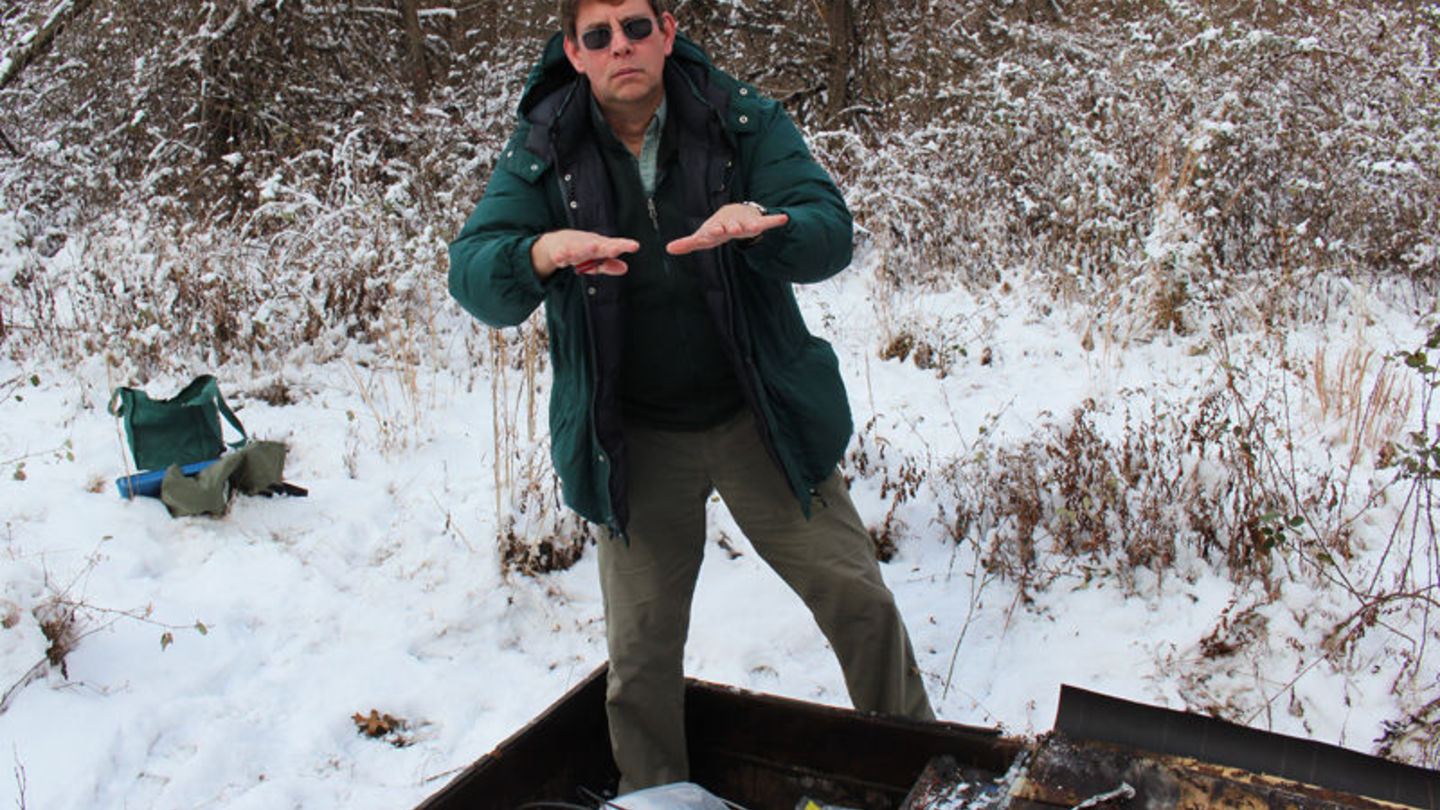
Pennsylvania is not known for its earthquake activity, but they happen more often than you might realize.
"There are little quakes that happen all of the time. I think most of us felt a shake from the Mineral, Virginia quake from a few years ago," said Dr. Jonathan Nyquist, Director of General Education at Temple University and the Weeks Chair in Environmental Geology in Temple's Department of Earth and Environmental Science. "Any earthquake of magnitude 7.0 or greater is going to be felt from a long way off. There are huge jumps in energy between magnitudes — a magnitude 5.0 quake, for example, is 32 times stronger than magnitude 4.0."
Temple University Ambler is part of a network of sites that monitors seismic activity along the East Coast of the United States in real time as part of the Lamont-Doherty Cooperative Seismographic Network. Working in coordination with scientists from the Lamont-Doherty Earth Observatory at Columbia University, the College of Science and Technology installed a broadband seismometer at the Ambler Campus. The device was installed deep inside a metal drum inside a concrete vault in the wooded area off of the campus Loop Road near the Learning Center.
"Although Pennsylvania is located far from active tectonic plate boundaries responsible for large earthquakes, the state has experienced shocks in the past large enough to rattle dishes, knock bricks from chimneys and even split walls," said Nyquist, who coordinated the project for the university. "Because of budget constraints, seismic monitoring has focused on high-risk western states such as California, Oregon, Washington and Alaska, with far fewer seismometers deployed along the East Coast."
Nyquist said having Temple University Ambler available and willing to become home to the seismometer was essential to having the University join the Lamont-Doherty Cooperative Seismographic Network.
"This isn't something that we could do anywhere else at the University. In the city, with subways, trains, busses, there's simply too much seismic noise," he said. "I'm at campus often for teaching and research purposes — green space is essential for environmental science and provides another invaluable tool for an urban University. Temple Ambler has the will and the interest to support innovative research."
Nyquist said reviewing monitoring information from the Lamont-Doherty Cooperative Seismographic Network can effectively determine whether a reading is a true earthquake or background noise.
"Looking at the data from the Temple site and comparing it with readings from New York and other sites along the network can rule out local interference such as a large truck or train. The condensed, older crustal rock of the East Coast transmits energy better than the more fractured rock on the west coast; the waves travel a little further," he said. "Using that information you can then begin to determine where the earthquake occurred. For example, the U.S. Geological Survey website — earthquake.usgs.gov — tracks earthquakes from all over the world of magnitude 2.5 or greater."
The Temple seismometer often picks up small earthquakes in the region that likely pass by without notice, but since its installation, it has also recorded substantial seismic events, including the 2011 9.0 earthquake that caused a devastating tsunami to strike Japan, the 5.8 Virginia earthquake that rocked the Philadelphia region that same year and major seismic activity that struck Italy in 2016 and 2017.
Data from the seismometer is automatically transmitted to a computer in the Amber Campus Technology Center, and seismograms are posted in real-time on the Lamont-Doherty seismic website —www.ldeo.columbia.edu/LCSN/index.html. Under the "View seismograms live" section, select site "TUPA" and frequency band "long period" prior to pressing "submit."
"The addition of the Temple seismometer near Philadelphia helped to fill a gap in our region's earthquake monitoring network," Nyquist said. "It helps researchers to understand the forces that create rare but potentially destructive intra-plate earthquakes."
-Preston Moretz contributed to this report
